Best Non Toxic Laundry Detergent for Babies (That Actually Works)
Looking for a baby-safe laundry detergent— that actually works??
I’ve used probably a dozen laundry products in the last few years and today i’m sharing the one i’m currently using and loving 👏
When people want to adopt a "non-toxic lifestyle" there are generally two easy points of entry that I recommend first: swap your deodorant and find a better laundry detergent. That is because these products (amongst dozens of others) come into contact with your skin every single day.
The good thing is there are a lot of companies that are hearing the demand from customers wanting healthier, cleaner options. Without sacrificing efficacy. This post shares the best non-toxic laundry detergents and products that are safe for the whole fam-- even your baby's skin.
TLDR: I have been using Truly Free laundry products for the last year and have been impressed-- not only are the products free of toxic chemicals, but they have ingredient lists of plant-based enzymes and active ingredients. I have a family where all of us have sensitive, delicate skin that doesn't react well with even the cleanest of products— And this has passed the test on all fronts 👏
What Ingredients I Avoid In Detergent
When it comes to choosing a laundry detergent, many people are unaware of the potentially harmful ingredients found in conventional options and popular detergent brands. These substances can not only impact the environment but also have adverse effects on our health.
I remember when I first started eliminating harsh chemicals and artificial fragrances, my allergies would immediately flare up when I walked by that aisle in the grocery store... and it was crazy that I used to be accustomed to all those ingredients!
Here are some common ingredients to avoid and why they should be kept out of your laundry routine:
1. Phosphates
Phosphates are often used to soften water and enhance cleaning power. However, they are notorious for causing environmental damage, particularly in aquatic ecosystems. When phosphates enter water bodies, they can lead to excessive algae growth, which depletes oxygen in the water and harms marine life.
For humans, phosphates can be irritating to the skin and eyes, and prolonged exposure can contribute to nutrient imbalances. This page by Environmental Working Group (EWG) shares some of the research studies on phosphates if you're interested in digging a little deeper.
2. Sodium Lauryl Sulfate (SLS) and Sodium Laureth Sulfate (SLES)
These surfactants are used to create the foaming action in detergents. (It's the same ingredient that makes conventional shampoo lather up). Despite their effectiveness in removing dirt and grease, SLS and SLES can be harsh on the skin, leading to irritation, dryness, and even eczema. Both my babies have eczema and this is such a big trigger for their skin to become flared up and angry-- so it's something we are really strict about avoiding.
Another thing to note, SLES is often contaminated with 1,4-dioxane, a probable human carcinogen, during the manufacturing process. So it's just a good idea to stay away from this one
3. Fragrances
Synthetic fragrances in laundry detergents are designed to leave clothes smelling fresh. However, these fragrances are often made from a mixture of chemicals, many of which are not disclosed on the label. These undisclosed chemicals can cause allergies, skin irritation, respiratory problems, and may even disrupt the endocrine system.
Opting for fragrance-free or naturally scented detergents can mitigate these risks.
This is especially important for a baby laundry detergent! Babies and artificial fragrance do not mix-- especially since babies use smell to bond with caregivers and eat.
4. Parabens
Parabens are used as preservatives in many personal care and household products, including laundry detergents. They have been linked to hormonal disruptions because they can mimic estrogen in the body.
Long-term exposure to parabens may increase the risk of breast cancer and reproductive issues.
5. Optical Brighteners
These chemicals are added to detergents to make clothes appear whiter and brighter by reflecting light. While they create an illusion of cleanliness, optical brighteners can cause skin irritation and are not biodegradable, contributing to water pollution and harming aquatic life.
6. Chlorine Bleach
Chlorine bleach is effective at whitening and disinfecting but is also highly corrosive and can cause skin, eye, and respiratory irritation. When mixed with other cleaning agents, chlorine bleach can produce toxic gases. Additionally, it releases harmful byproducts, such as dioxins, into the environment, which are persistent pollutants that accumulate in the food chain.
7. Nonylphenol Ethoxylates (NPEs)
NPEs are used as surfactants in detergents but are highly toxic to aquatic organisms. They are known endocrine disruptors, which means they can interfere with hormone function in humans and wildlife. NPEs are also persistent in the environment, breaking down into more toxic compounds over time.
How To Find a Clean Laundry Detergent
Wanting to ditch the harmful chemicals for natural ingredients? And maybe even replace all the products in your laundry room with more natural products? You're in the right place.
Unfortunately, many products that look clean are actually green-washed. Meaning they use strategic marketing tactics to appear cleaner and more natural than they actually are. This means that rather than looking at the front of the package, you need to actually look at the ingredient label to know what's inside. Because some are just as harmful as some of the conventional detergents that are frequently being recalled.
Or simply, find someone (like this blog for instance 😉) to do the heavy lifting for you and recommend great, non-toxic products that actually work.
My Favorite Non Toxic Laundry Detergent for Babies (and everyone else too!)
For the last couple years I used Molly's Suds powder detergent. And while I really loved how it worked and its affordability, I found that my clothes all started smelling musky. I even stripped them and still found a weird odor left behind. They also started feeling like they had a waxy, build-up kinda feel to them..
I wanted my clean clothes to smell fresh and clean and I was starting to want some type of fragrance. But knowing some of the junk in synthetic fragrances, I knew I wanted to find a clean alternative. That is when my friend recommended Truly Free products.
I immediately started researching them and loved seeing all the reviews from people with sensitive skin. `
Truly Free Ingredients
One of the things I value most in companies is transparency. Here is the full list of ingredients for their unscented laundry soap:
Sodium Dodecylbenzenesulfonate
Each one of these ingredients is clickable to find more information on all the specifics of the ingredients-- like where it is sourced from, it's EWG ranking, and potential risks towards environmental and human health. Like I said-- transparency 👏
And here is the list for the signature scent:
Personally, I have tried the scented one and it is a bit strong for me—but I think it can be a great option for someone wanting a naturally scented laundry product.
Sodium Dodecylbenzenesulfonate
Dodecyl Benzene Sulfonic Acid (DDBSA)
How I Use Truly Free
Every single day I am doing at least one, if not two, loads of laundry. I have found it is the only way I can keep up with clean clothes for my family
I usually will sort the clothes into two categories-- those just needing a normal wash, and those needing a deep clean. For the normal wash, i'll add the clothes and the liquid laundry detergent like normal. I'll usually add a scoop of oxyboost (especially if it's for sheets or towels that need a little extra whitening and brightening), and that's it.
For those needing a deeper clean, i'll use the stain stick to pre-treat any stubborn stains. Usually, the stain is completely removed at this point. (again, check out that before and after of dried blood 🙃😅...)
Then I'll fill the washer machine with water and add oxyboost and the enzyme stain remover. Then i'll let the clothes soak for a bit before closing the lid and running the load. I have found that this gets even the toughest grease stains or unknown stains out.
There you have it!
P.S. I am not on the cloth diapers train-- i'm a disposable diaper mama 100%. BUT I did do some research (since I know a handful of my readers fall into that category) and found this mom share her experience with Truly Free and cloth diapers and it seems like a win all around.
What about Stubborn Stains??
I'm a mom of two little ones 3 and under.. which means I am no stranger to tough stains. Whether it's grass stains, baby poop, berry stains, the occasional blood, or just the stains that you aren't even entirely sure where they come from??? I feel like my baby's clothes always end up a mess by the end of the day. (or who am I kidding-- lunch time)
I've tested them all.
I've purchased and used their stain stick, which works great. Peek those before and after pictures below..
But my fave combo is their oxyboost and enzyme stain remover. Still great results without the bad stuff like in traditional detergents and stain removers.
The two pictures on the left are showing some coffee stains on my daughter's sweatshirt. I used the stain stick and water and then rinsed it-- I could barely see any coffee spots after using that. I then popped it into the washer with the enzyme stain remover. As good as new ✨


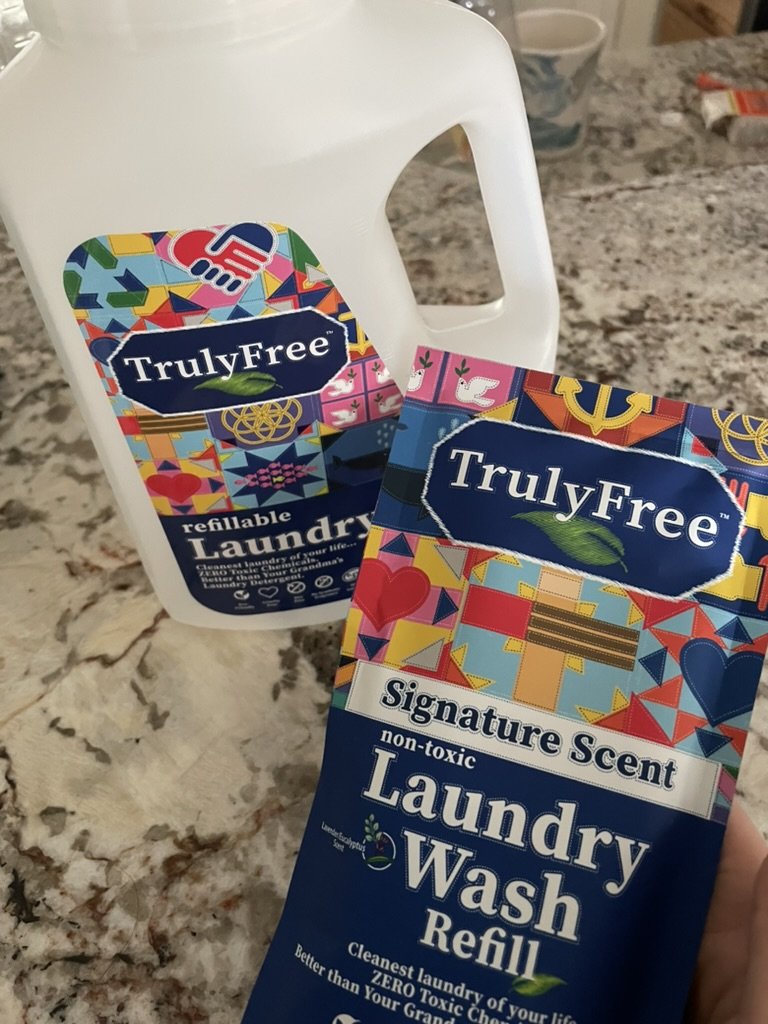



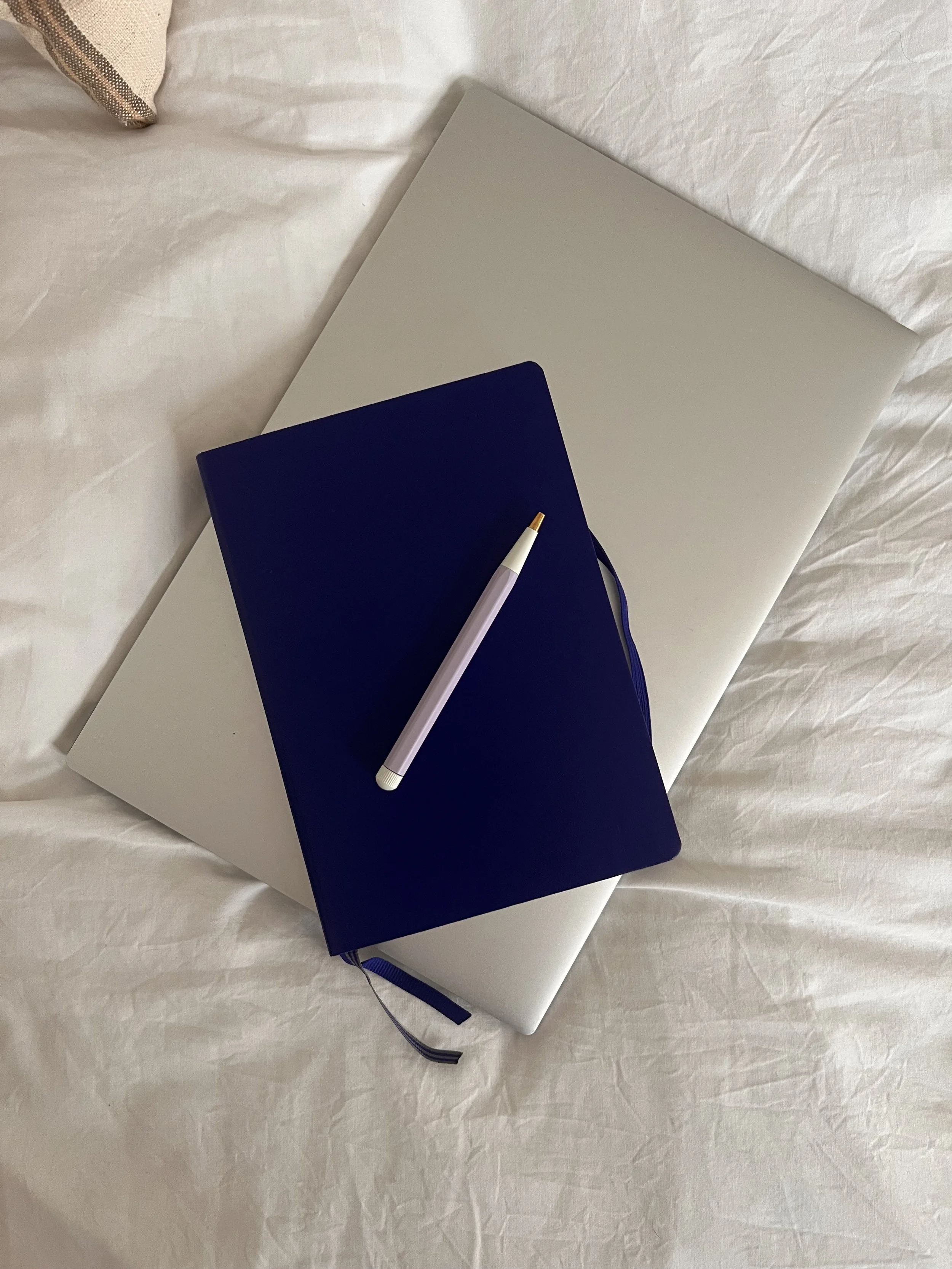



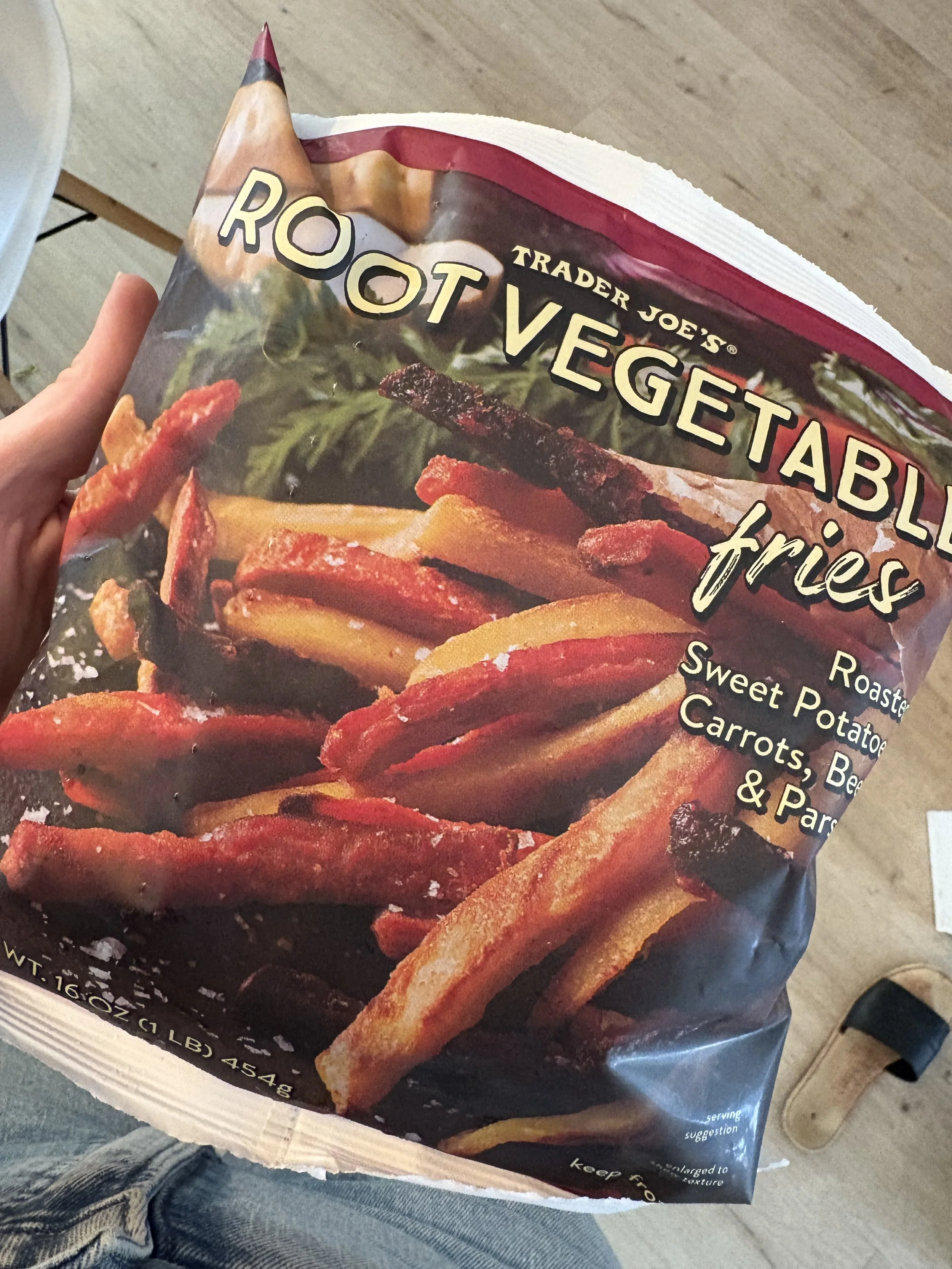

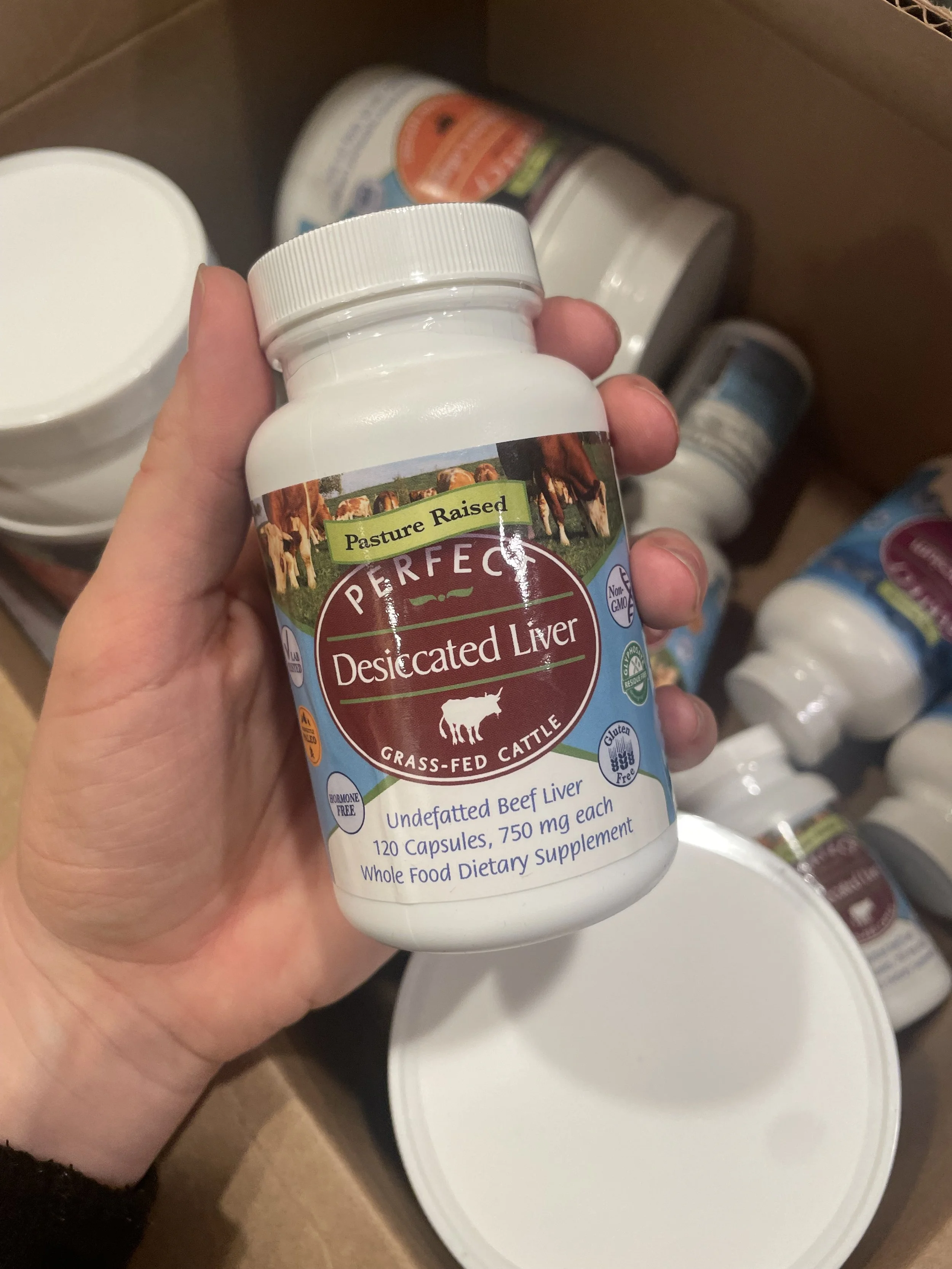

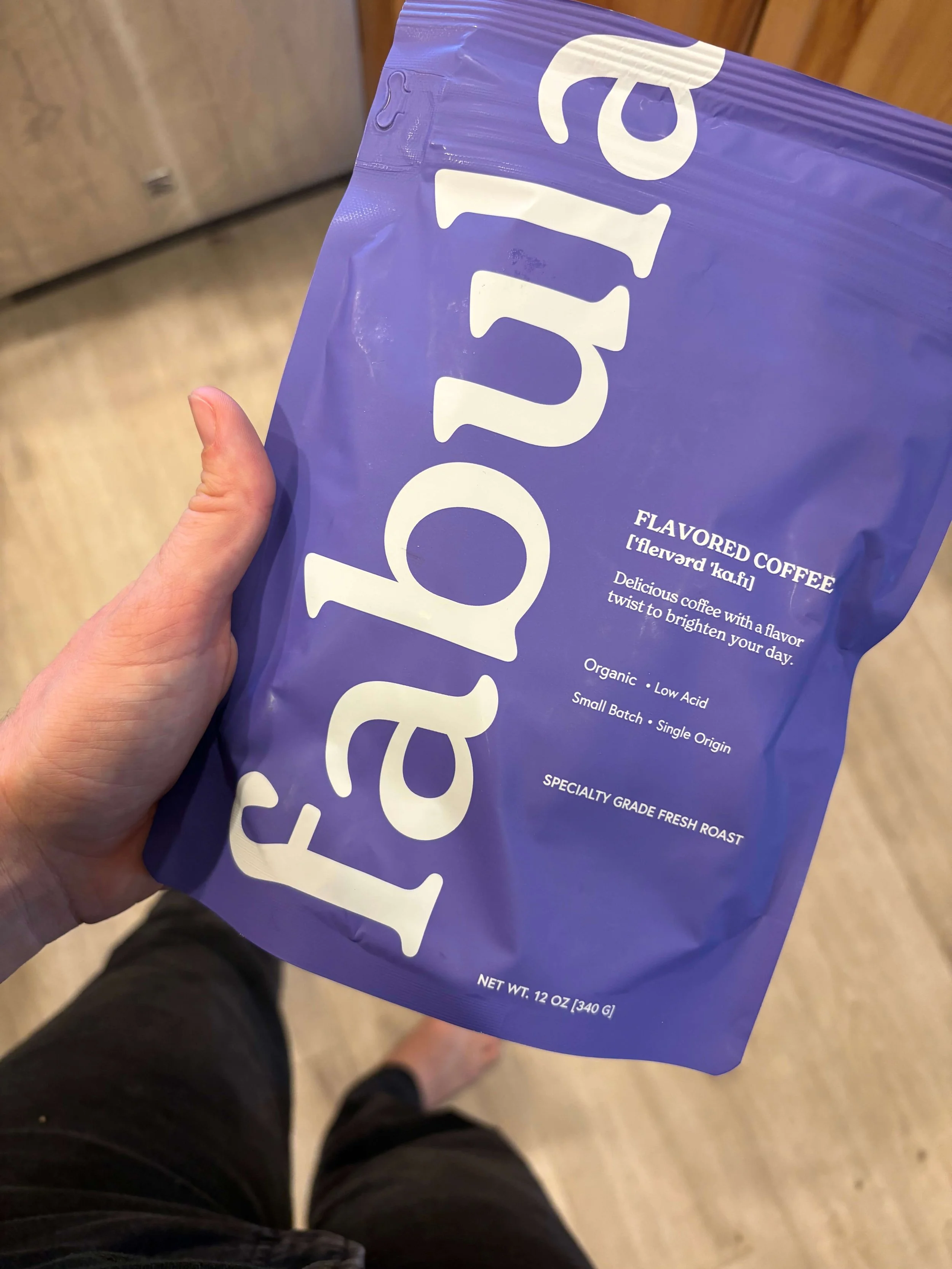



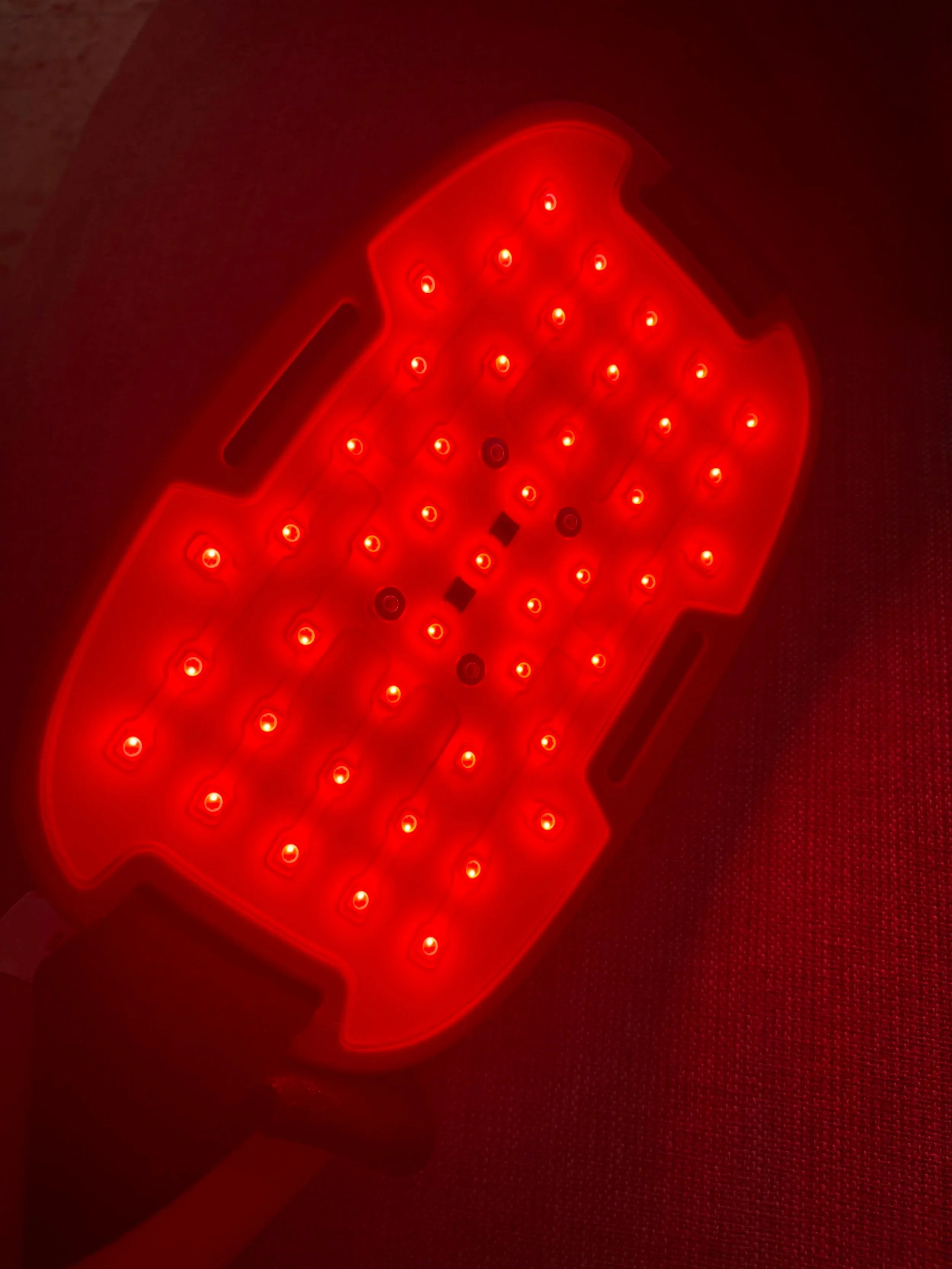

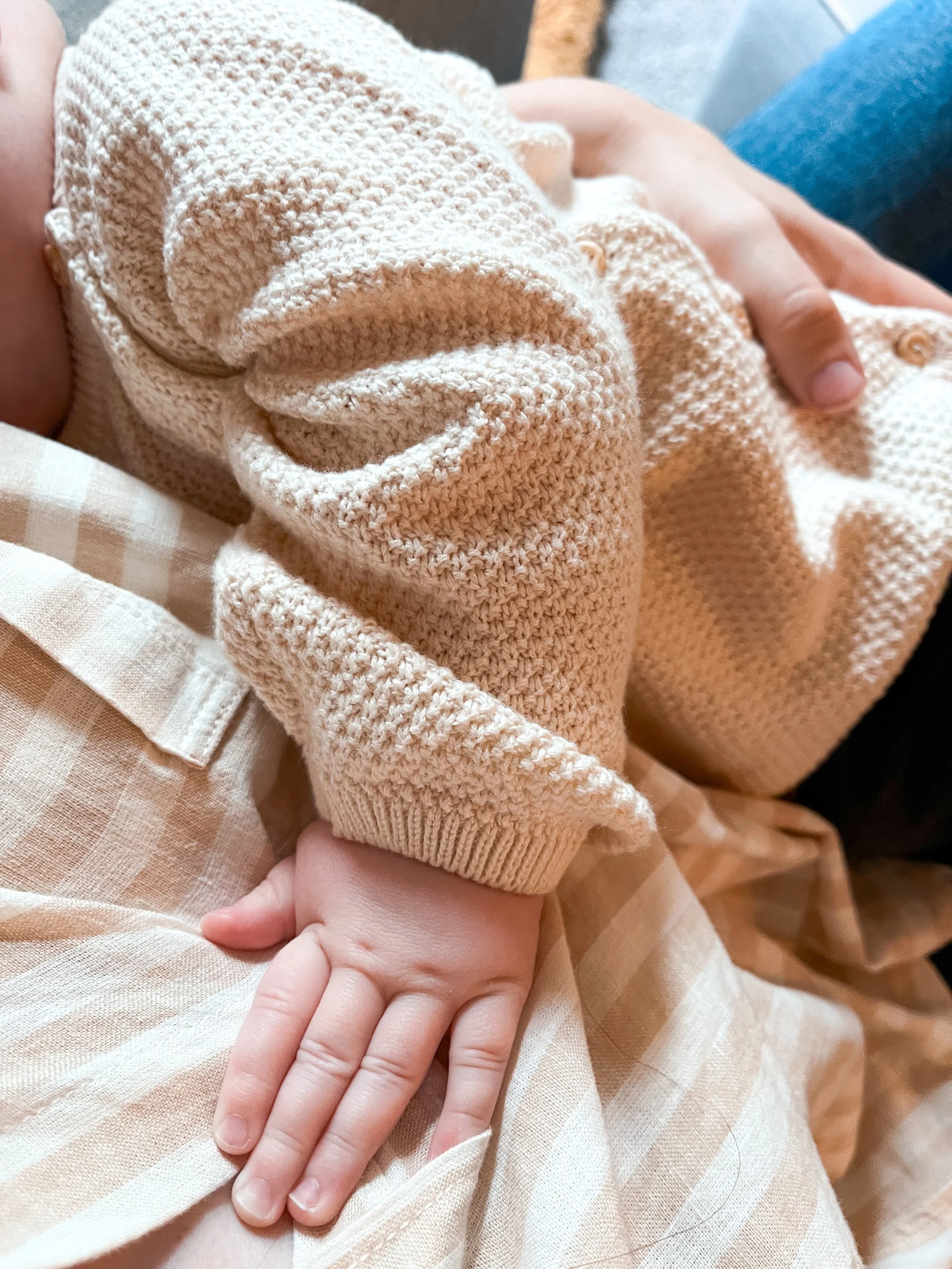
For those of you following my gray hair grow-out journey— here are the latest results from my gray blending appointment at the salon!